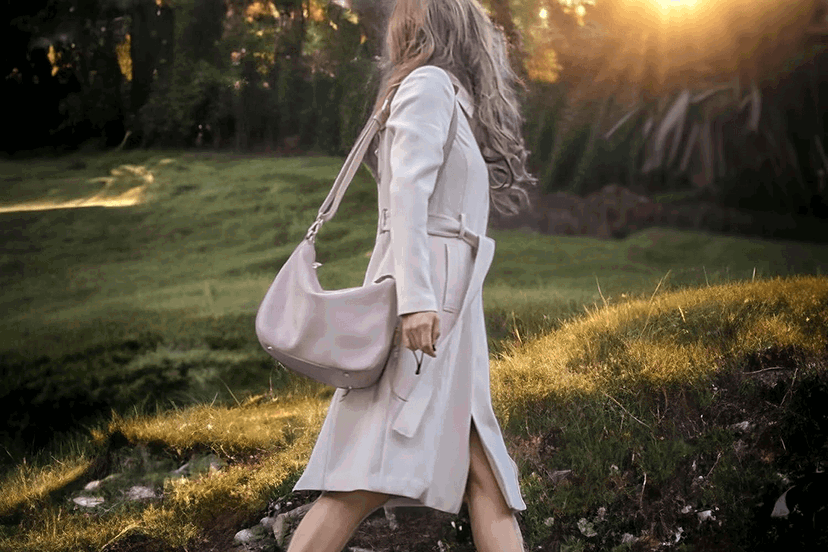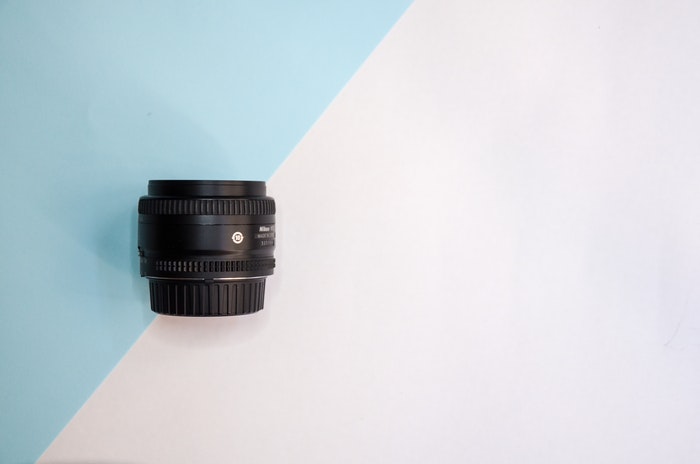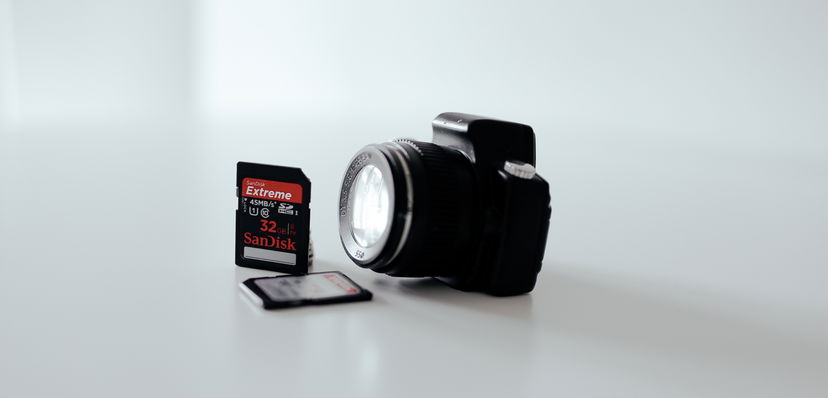How to Use a Macro Bellows for Close-Up Photography
It might seem difficult to get into macro photography due to the specialized equipment. But there are many ways to shoot macro photography without buying a dedicated macro lens.
We have previously covered extension tubes, but there is another option that uses the same principle. Continue reading to learn how you can use a macro bellows for extreme macro photography.
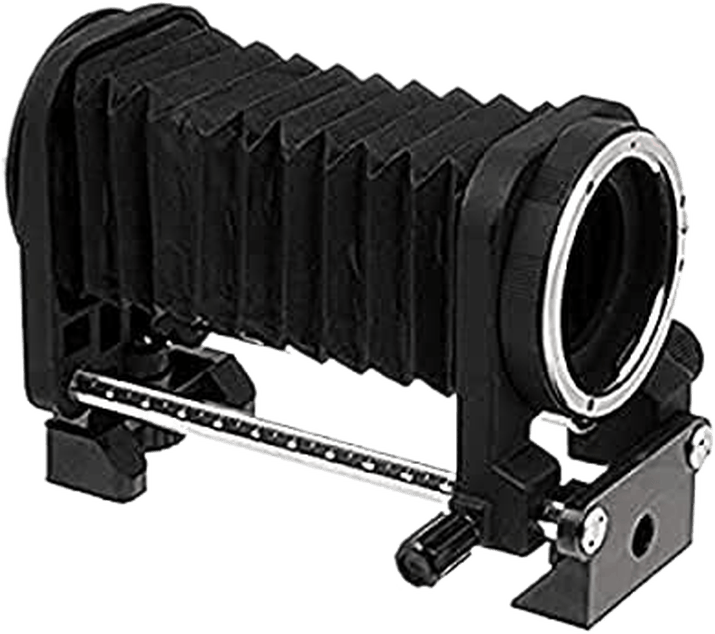
What Is a Macro Bellows?
A bellows is a flexible extension mechanism between the camera and the lens, much like an accordion.
Back in the old days, photographers used them for focusing. In today’s camera setups, the lens focuses by moving specific lens elements, not the entire lens.
A bellows can help focus closer, bringing the subjects to life-size magnification and beyond. It is commonly used for macro photography.
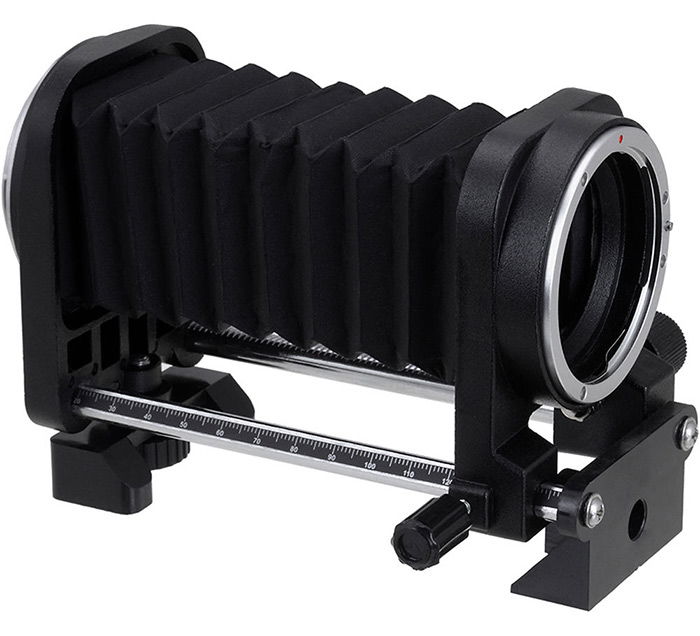
Fotodiox Bellows for Canon EF mount
Pros and Cons of a Bellows Compared to Extension Tubes
You might recognize that a bellows works similarly to extension tubes. You place them between the camera and the lens, and by increasing the distance, they increase magnification.
So why choose one over the other?
Advantages of a Macro Bellows
One advantage is that a macro bellows has an adjustable focal length, while extension tubes have fixed lengths. For instance, my Soligor tubes are 12mm, 25mm, and 36mm. Of course, you can combine them, but that involves disassembling and reassembling the setup.
A bellows is smoothly controllable throughout its range. It allows for precise focusing just by turning the knob.
Another advantage is that bellows are long. If I combine the three Soligor tubes I mentioned above, I get a 73mm focal length. But the bellows I use extends to 150mm.
Bellows are also directly mountable to a tripod, which means I can lock it to the tripod plate. I can also add other gear onto either end. If I want to switch cameras or include tubes, I don’t have to remove the whole thing from the tripod.
In this setup, I attached the lens to the front mount of the bellows and added extra tubes between the bellows and the camera.
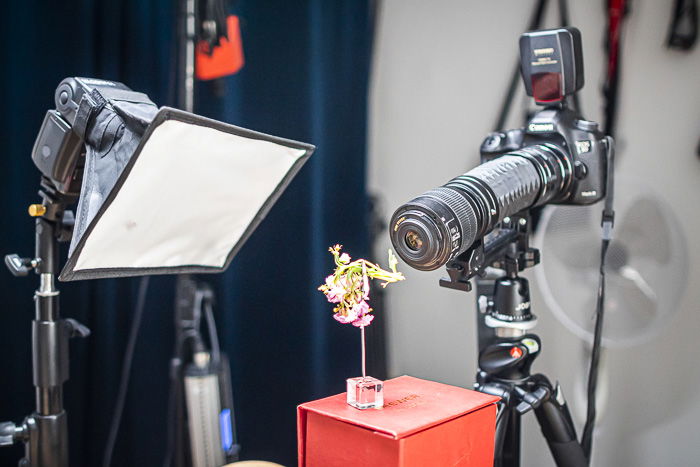
Disadvantages of a Macro Bellows
First, I struggled to find a bellows that transmits electronic signals, even though it’s not physically impossible (it could be done with a separate cord).
Using a macro bellows means that the lens won’t be able to use autofocus. And more importantly, you won’t be able to control the aperture while using one.
To set the desired aperture on an electronically controlled lens, you have to press the DoF preview button on the camera while removing the lens. This locks the aperture in its set position until you reconnect the lens to the camera body.
For this reason, I recommend using a bellows only with fully manual lenses. In the image below, I attached a vintage Takumar 50mm f/1.4 lens to the bellows. I stopped it down to f/11 to get a wider depth of field.
Second, a bellows is only practical for lighter gear. You’d have to pay a very hefty price for a bellows that can steadily hold the setup I attached to it below.
The weight of a 100mm macro lens is too much, as is the weight of the 5D Mk III on the other side. In the photo, you can see the bellows bending slightly.
I found it much better to use the Takumar lens with a Canon Rebel T6, which weighs about half of the 5D Mk III and 100mm lens setup.
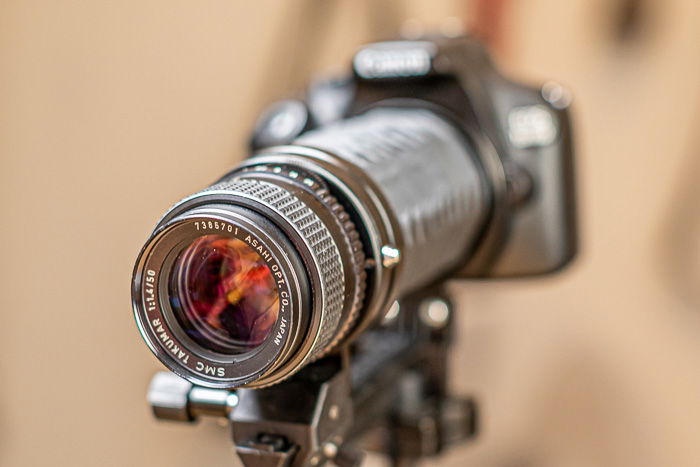
How to Calculate Extreme Close-Up Magnification With a Bellows
You can use the same math that extension tubes use to calculate the magnification of your setup.
You can calculate the magnification by using the formula in bold. But first, I’ll let you know what each part stands for:
New Magnification = nM
Original Magnification of Lens = M
Total Extension = T (in mm)
Focal Length of Lens = F (in mm)
nM = M + T/F
I’m using the 50mm Takumar prime and the bellows extended to its maximum of 150mm. Let’s see the calculation:
nM = 0.15 + 150 / 50
nM = 3.15
With this simple and cheap setup, I’ve got a 3.15x magnification ratio. I used it to take the following photo with the bellows extended to 40mm.
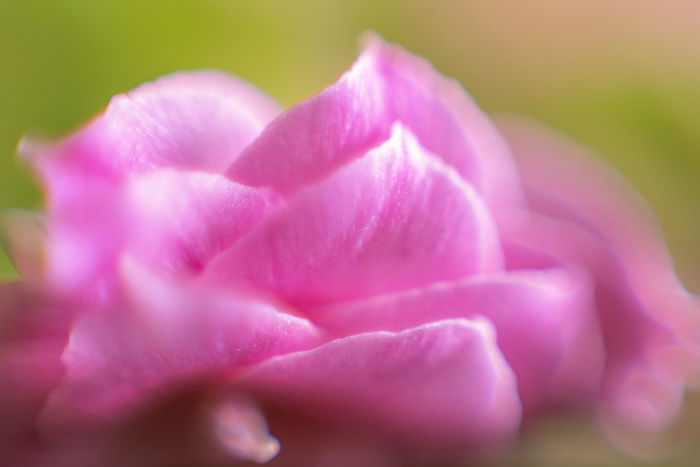
Gear Recommendations
For Canon EF mount, I recommend the Fotodiox bellows. It’s better built than most of the competition, but don’t attach heavy equipment to it on its own.
If you want to use heavier gear, consider getting a long plate for your tripod to help stabilize the bellows. This one is primarily for Arca-type tripod heads, but you can screw it onto any other head. This setup helped me keep the 5D MkIII and the 100mm macro lens steady.
Conclusion: How to Use a Macro Bellows
Using a macro bellows is a great tool for any macro photographer. Although it has limitations, a bellows is a powerful tool to create extreme macro images.
A macro bellows might be a good investment for someone just starting with macro photography who doesn’t want to invest in a dedicated macro lens just yet.

